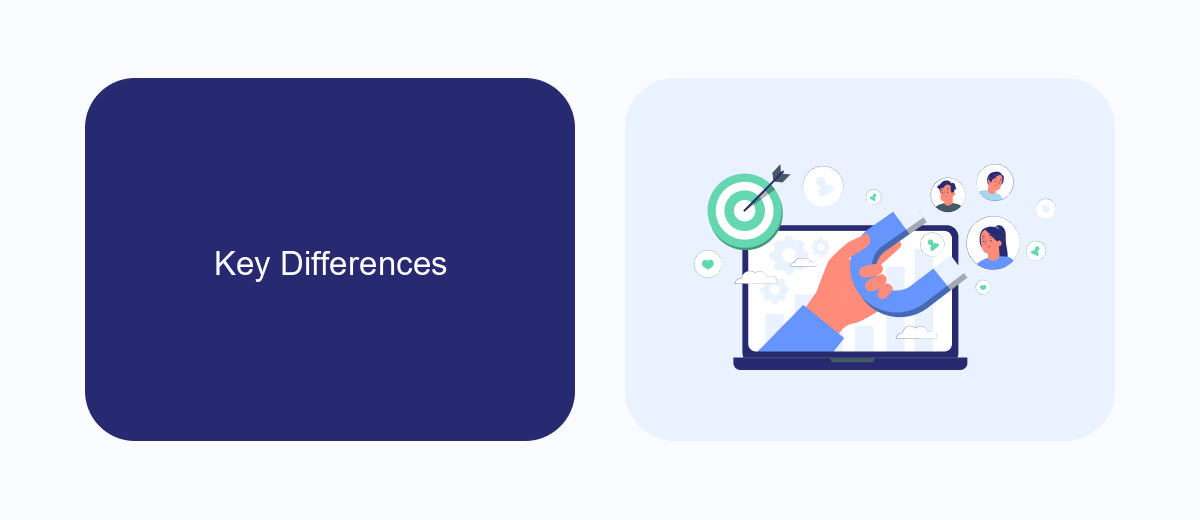In the rapidly evolving landscape of data integration and real-time processing, MuleSoft and Kafka stand out as two prominent solutions, each with its unique strengths and use cases. This article delves into a comparative analysis of MuleSoft's robust integration platform and Kafka's high-throughput event streaming capabilities, helping businesses determine which tool best aligns with their specific needs and objectives.
Introduction
In the ever-evolving landscape of data integration and real-time data processing, choosing the right tool is crucial for business success. MuleSoft and Kafka are two prominent platforms that offer robust solutions for managing data flows and integrations. While MuleSoft focuses on API-led connectivity and integration, Kafka excels in real-time data streaming and event-driven architecture.
- MuleSoft: Renowned for its API management capabilities and integration flexibility.
- Kafka: Known for high-throughput, real-time data streaming and event processing.
- SaveMyLeads: Simplifies integration setup and automates lead management across various platforms.
Understanding the strengths and use cases of MuleSoft and Kafka is essential for making an informed decision. MuleSoft is ideal for organizations seeking comprehensive API management and seamless integration across systems, while Kafka is perfect for scenarios requiring high-speed, real-time data processing. Additionally, tools like SaveMyLeads can complement these platforms by automating and streamlining integration tasks, ensuring efficient and effective data management.
Key Differences

MuleSoft and Kafka serve different purposes in the realm of data integration and streaming. MuleSoft is an integration platform that allows developers to connect applications, data, and devices with APIs. It provides a comprehensive suite of tools for designing, building, and managing APIs, making it ideal for enterprises looking to streamline their integration processes. On the other hand, Kafka is a distributed streaming platform designed for high-throughput and low-latency data streaming. It excels in real-time data processing and is widely used for building data pipelines and streaming applications.
One of the key differences lies in their approach to data handling. MuleSoft focuses on API-led connectivity, enabling seamless integration between various systems and applications. This is particularly useful for businesses looking to synchronize data across multiple platforms. Kafka, however, is designed for handling large volumes of real-time data streams, making it suitable for scenarios that require continuous data flow and processing. For businesses needing automated data integration without extensive coding, services like SaveMyLeads can complement these platforms by offering easy-to-use tools for connecting various applications and services.
Use Cases

When choosing between MuleSoft and Kafka, it's essential to understand their specific use cases to make an informed decision. MuleSoft is primarily used for API management and integration, enabling businesses to connect various applications and data sources seamlessly. On the other hand, Kafka excels in real-time data streaming and event-driven architectures, making it ideal for scenarios requiring high-throughput and low-latency data processing.
- API Management and Integration: MuleSoft is well-suited for integrating a wide range of applications, APIs, and services. For instance, SaveMyLeads leverages MuleSoft to automate lead management by connecting different CRM systems and marketing tools.
- Real-Time Data Streaming: Kafka is perfect for applications needing real-time analytics, such as monitoring financial transactions or tracking user activities on a website.
- Event-Driven Architecture: Kafka's ability to handle event-driven data makes it ideal for microservices architectures where different services need to communicate asynchronously.
In summary, MuleSoft is the go-to choice for comprehensive API management and integration projects, while Kafka shines in scenarios requiring real-time data streaming and event-driven architectures. Understanding these use cases will help you select the right tool for your specific needs.
Advantages and Disadvantages

When comparing MuleSoft and Kafka, it's essential to understand their unique advantages and disadvantages. MuleSoft is a comprehensive integration platform that supports various integration patterns and protocols, making it suitable for complex enterprise environments. Kafka, on the other hand, is a distributed streaming platform designed for high-throughput, low-latency data processing, and real-time analytics.
One significant advantage of MuleSoft is its user-friendly interface and extensive library of connectors, which simplify the integration process. Kafka excels in handling large volumes of data with minimal latency, making it ideal for real-time data streaming and event-driven architectures.
- MuleSoft Advantages: User-friendly interface, extensive connectors, robust API management.
- MuleSoft Disadvantages: Higher cost, may be overkill for simple use cases.
- Kafka Advantages: High throughput, low latency, scalability.
- Kafka Disadvantages: Steeper learning curve, requires more manual configuration.
For businesses looking to streamline their integrations, tools like SaveMyLeads can also be beneficial. SaveMyLeads offers automated lead data transfer between various platforms, complementing the capabilities of both MuleSoft and Kafka by simplifying specific integration tasks.
Conclusion
In conclusion, both MuleSoft and Kafka offer robust solutions for data integration and stream processing, each excelling in different areas. MuleSoft provides a comprehensive integration platform that simplifies the process of connecting various applications and services, making it an excellent choice for enterprises looking for a versatile and user-friendly solution. On the other hand, Kafka is designed for high-throughput and low-latency data streaming, making it ideal for real-time analytics and event-driven architectures.
Choosing between MuleSoft and Kafka ultimately depends on your specific needs and use cases. If your primary goal is to streamline integrations across a wide range of applications with minimal coding, MuleSoft is a strong contender. For scenarios requiring real-time data processing and high scalability, Kafka stands out. Additionally, services like SaveMyLeads can further enhance your integration capabilities by automating lead data transfers and ensuring seamless communication between different systems. By carefully evaluating your requirements, you can select the most suitable tool to drive your business forward.
- Automate the work with leads from the Facebook advertising account
- Empower with integrations and instant transfer of leads
- Don't spend money on developers or integrators
- Save time by automating routine tasks
FAQ
What are the primary use cases for MuleSoft and Kafka?
How do MuleSoft and Kafka handle data integration?
Can MuleSoft and Kafka be used together in a single architecture?
Which tool is better for real-time data processing?
What services can help automate and configure integrations with MuleSoft and Kafka?
Would you like your employees to receive real-time data on new Facebook leads, and automatically send a welcome email or SMS to users who have responded to your social media ad? All this and more can be implemented using the SaveMyLeads system. Connect the necessary services to your Facebook advertising account and automate data transfer and routine work. Let your employees focus on what really matters, rather than wasting time manually transferring data or sending out template emails.

